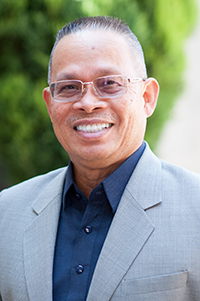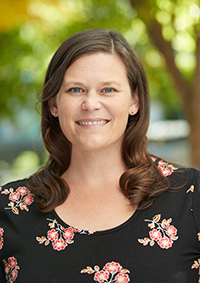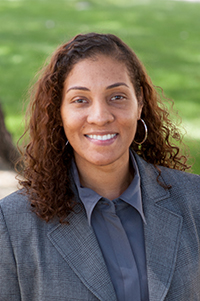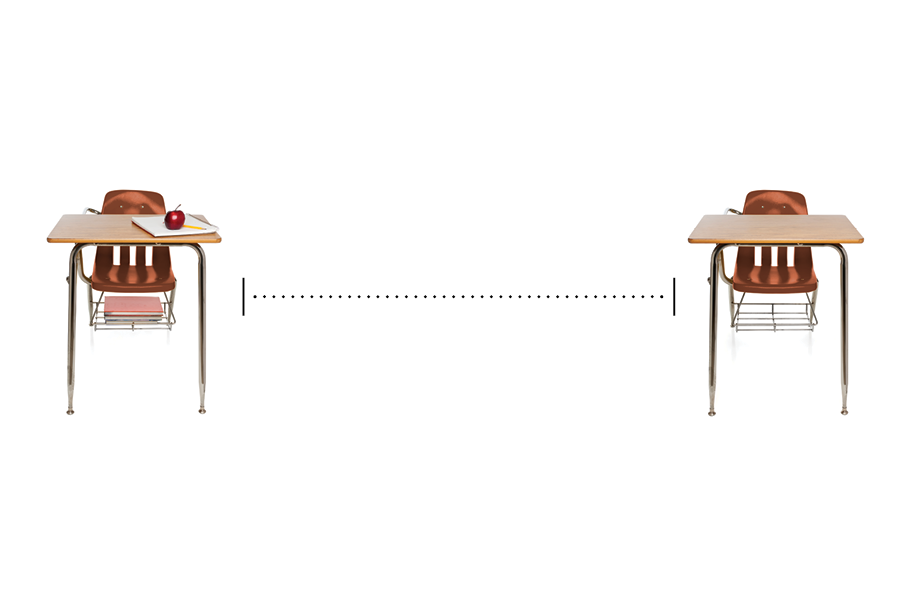During normal times, the most important thing for school districts would be to open schools, says Jose Lalas, a professor of literacy and director of the Center for Educational Justice at the University of Redlands School of Education. “But these are not normal times.”
The school year has begun for K-12 schools across the nation, and news stories continue to report the various ways teaching and learning are conducted during the COVID-19 pandemic. Some schools are teaching all students on campus; others are completely virtual with instruction via computer; and some districts are conducting a hybrid in-person/distance-learning model. (The University of Redlands itself has started the semester with virtual instruction.)
While K-12 school administrators, teachers, and staff have spent months planning for all contingencies, the health and safety, financial, and technological hurdles continue to test these educators.
School districts tackle the digital divide
Lalas has been a board member of the Corona-Norco Unified School District for 25 years, and the effects of the COVID-19 pandemic are greater than anything the district has faced during his tenure, he says. The district’s schools opened with distance-learning only, which has provided a host of difficulties in the pursuit of equitable access.

“The digital divide is very real,” says Lalas. “The families with reliable incomes have computers and are able to help their kids. But thousands of kids don’t have computers or parents who can be at home to support their learning.”
The Corona-Norco district is providing computers for its students, but of the 20,000 laptops ordered for distribution, 15,000 have yet to be delivered to the district—a function, says Lalas, of high demand by other districts. Corona-Norco has also ordered 5,000 hotspots to be deployed around the district to enhance secure internet connectivity in homes currently without access.
“Emergency COVID-19 funding from the state to the district has helped make this possible,” he says. “Otherwise, school districts like ours would go bankrupt.”
Teachers, who have been challenged as well, reconfigured both lesson plans and mode of instruction this year. Luckily, wider technological preparations have been in place for nearly a decade, says Lalas, and today’s educators are well-versed in teaching with technology. “It used to be that content and the art of teaching were the most important part of teacher education,” he says. “Now, technology is just as important.”
A new on-campus experience
“Schools are primarily designed to educate students, but we rely on them for so much more,” says Professor Ann Blankenship Knox, who is also the coordinator of the School of Education’s Educational Administration program. “Schools serve as child-care providers—a safe place for our kids to be during the day, as major employers, and as food providers.” She adds that, until the spread of COVID-19 is under control and schools open, society won’t get back to normal.

The many strategies to making on-campus attendance safe include establishing student cohorts that do not interact with other cohorts. “Of course, that’s easier to implement in an elementary setting than a high school setting,” says Knox. Teachers now move from classroom to classroom while students stay in place, and forgo large in-person faculty meetings and training sessions. Other strategies include modifying building use—by designating one-way hallways, for example—and staggering students’ movement and schedules.
In the face of Herculean efforts required for students to again sit at their classroom desks, Blankenship is impressed with educators’ ability to pivot: “I’m overwhelmed by how hard our teachers, counselors, administrators, and staff have worked over the summer to prepare themselves for the challenges and unknowns of reopening schools this fall.”
The way forward

“Nelson Mandela said, ‘Education is the most powerful weapon which you can use to change the world,’” says Nicol Howard, professor and coordinator of the Master of Arts in Learning and Teaching program. “Now is the time for us to use logic and education as a powerful weapon to inform a clear plan for the future. Society’s return to normal function should not be predicated on school buildings as the only place and space for learning. In fact, it is time for honest conversations about what has been defined as ‘functioning normally.’”
Howard adds that teachers’ skills will always need to expand alongside technological advancements, and there will be increased demand for faculty and other professionals to work with smaller groups of students.
“Additional guidance for districts, schools, and teachers will be imperative,” she says. “Educators now have an opportunity to improve systems—including family partnerships—to effectively prepare for a new kind of grand (re)opening of schools whereby all have equal access to education.”
Learn more about the University of Redlands School of Education.






